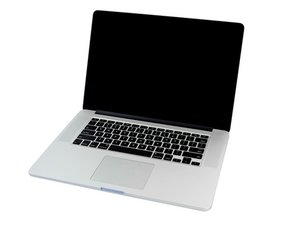Is Mid-2015 Retina SSD compatible with my mac?
Hi, I'm using Late-2013 MacBook Pro 15" Retina (Harswell processor).
According to tech spec of the new Mid-2015 MacBook Pro 15" Retina (Froce touch trackpad version), it has nearly 2.5x faster SSD in it.
I wanna know is it compatible with my MacBook Pro 15" Retina version or not.
Thank you.

 1
1 
 338
338  974
974